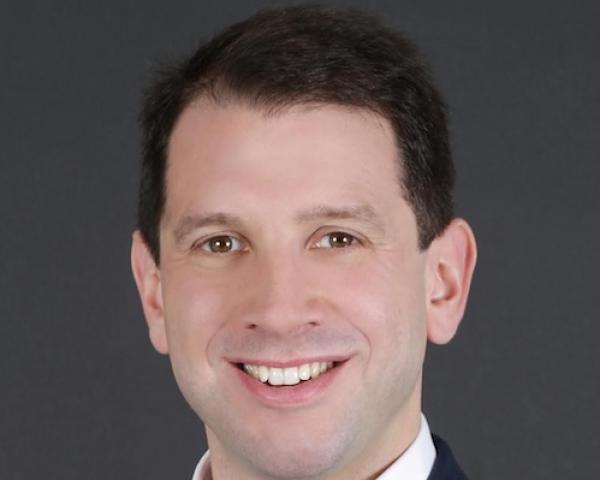International broking isn't a workflow. It's a field of tension. What matters isn't just what gets done but how pressure moves—who absorbs it, who deflects it, who delays it, who misreads it. It's not a chain. It's a net. And to understand why things hold or break, you need to see how that net is structured. That's why I started thinking about adjacency. Not in the social sense but in the structural one. Who is connected to whom? How tightly? With how much strain?
Most systems are described by function. This person issues quotes. That one tracks claims. Another handles renewals. But function hides friction. It doesn't explain why one delay ripples across five countries, or why silence in one actor causes overload in another. That's what adjacency captures. The weight between actors. The frequency of exchange. The risk of misunderstanding. When you model the system this way, pressure becomes visible. Saturation becomes measurable. And the broker's role becomes clearer—not as a manager of tasks but as a regulator of saturation.
I began sketching this model because so much of my daily work felt reactive but patterned. Problems didn't arrive randomly. They clustered. They recurred in the same configurations. A late local quote always triggered the same escalation path. A client silence always led to double communication loops. I wasn't just handling issues. I was trapped in a structure that kept redistributing the same pressure, slightly out of phase. That realization changed how I viewed broking. I stopped thinking in terms of performance and started thinking in terms of system behavior.
So I started mapping. Not to map people but interactions. Each actor in the system became a node: the client HQ, the local client, the master broker, the local broker, the master insurer, the local insurer. Then I assigned each a state. Not a rating but a vector of current conditions: interpretive clarity, communication load, response time, information coherence. And between each actor, I mapped the strength and weight of their connection. Some links were active and dense. Others were latent or volatile. What emerged was a pattern not of workflow but of structural exposure.
The adjacency matrix became a way to see how pressure might travel. It showed me where a shock—like a delayed quote or a misinterpreted clause—would move next. It showed me which links had no buffer, where signals would distort, where trust was brittle. More importantly, it showed me where I was sitting in that map: often at the junction of multiple high-weight, high-volatility links. Not by accident. By design. Brokers are where the pressure pools.
If we don't see that, we misinterpret our own experience. We treat overload as a personal failing. We treat delay as someone else's problem. We act as if the system is breaking, when it's behaving exactly as built. The adjacency model gives language to that. It doesn't assign blame. It shows flows. And in those flows, you can intervene strategically.
What does that mean practically? It means we stop trying to speed everything up. Instead, we start redistributing attention. If one node is overwhelmed, we soften adjacent links. If a local broker is under-engaged, we increase narrative contact before the next placement. If an insurer is slow, we don't escalate immediately. We look at what weight we've asked them to carry and whether that weight is legible. Pressure isn't the enemy. Disproportionate pressure is.
This changes how we train teams. We stop treating coordination as admin and start treating it as structural regulation. We ask brokers to track state, not just tasks. To notice when narrative begins to slip. To anticipate which links will hold under ambiguity and which will collapse. That kind of awareness can't be programmed. It has to be developed through structural thinking.
It also changes how we talk about performance. A renewal that happens late but with aligned expectations may be a better outcome than one that's fast but misaligned. A claim that takes time but builds trust may protect the account longer than one that's settled quickly but leaves narrative damage. When we model adjacency, we're not tracking efficiency. We're tracking coherence. And coherence is what makes systems stable.
Most of all, it reframes the broker's identity. We're not just project managers or service agents. We are interpreters of saturation. We don't control the actors. But we shape how they interact. And when we do that well, the system flows even under pressure. When we don't, the system still moves. But it drifts. And drift is harder to detect than failure.
So this is why I model. Not to simulate reality. To sharpen perception. The matrix isn't the work. But it reveals the hidden shape of the work. It reminds me that what holds a program together isn't the documents, the trackers, or the milestones. It's the logic of adjacency—the way pressure moves between people, and the broker's role in absorbing just enough of it to keep the structure intact.
When you start thinking like this, things look different. Silence becomes signal. Delay becomes weight. Misunderstanding becomes distortion. And the broker stops being the one who makes the system work. The broker becomes the one who keeps it from breaking. That shift—from control to containment, from management to interpretation—is where the real work happens. And the more we can make that legible, the better our systems will hold.








